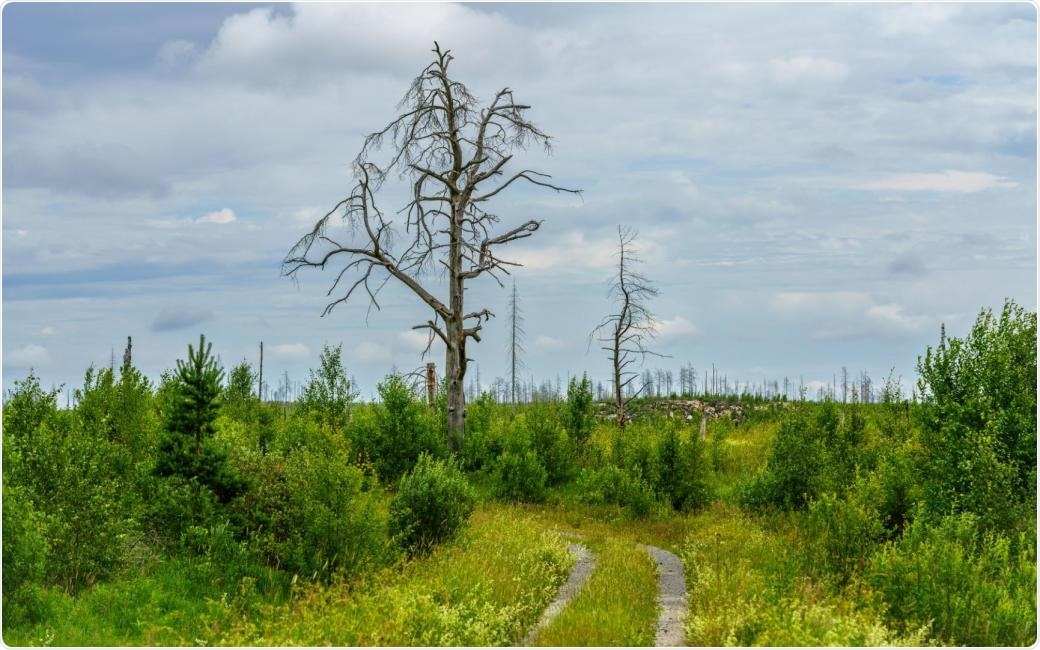Climate change is causing more frequent and severe climatic extreme occurrences. However, it is still uncertain how future climatic extremes may affect vegetation distribution. This is a critical area for research to prevent the effects of impending extremes on vegetation.

Image Credit: Magnus Binnerstam
The study uses machine learning to investigate large-scale correlations between vegetation and climatic variables. It shows that combining climate and remotely sensed land cover data with decision trees, a type of tree-structured predictive model, may successfully extract the climatic thresholds involved in structuring the distribution of dominating vegetation at different spatial scales.
The research paper was published in the journal Global Change Biology.
This study’s findings emphasize the role of climatic extremes in affecting the spread of several major vegetation kinds. Drought or extreme cold, for example, are required for savanna and deciduous needleleaf forest dominance.
One of the most important questions left to answer in the further research is whether the climate thresholds recognized in this study are static or changing with the climate changes in the future.”
Hui Tang, Researcher, Department of Geosciences, University of Oslo
Collaboration between machine learning and vegetation experts
Predicting future vegetation distribution in the effects of climate change is a difficult endeavor that necessitates a thorough understanding of how large-scale vegetation dispersion is influenced by climate.
The study team, which includes computer scientists, vegetation modelers, and vegetation specialists, examines the rules generated by decision tree models to determine whether they are useful and if they may provide any further insights that could be included in fundamental vegetation models.
It is a difficult task to validate whether a data-based model is informative and robust. This study highlights the importance of interpretable models that allow such meaningful collaboration with the domain experts.”
Rita Beigaitė, Doctoral Researcher, Department of Computer Science, University of Helsinki
“The major climatic constraints recognized in the study will be valuable for improving process-based vegetation models and its coupling with the Earth System Models,” stated Hui Tang
Source:
Journal reference:
Beigaitė, R., et al. (2022) Identifying climate thresholds for dominant natural vegetation types at the global scale using machine learning: Average climate versus extremes. Global Change Biology. doi.org/10.1111/gcb.16110.